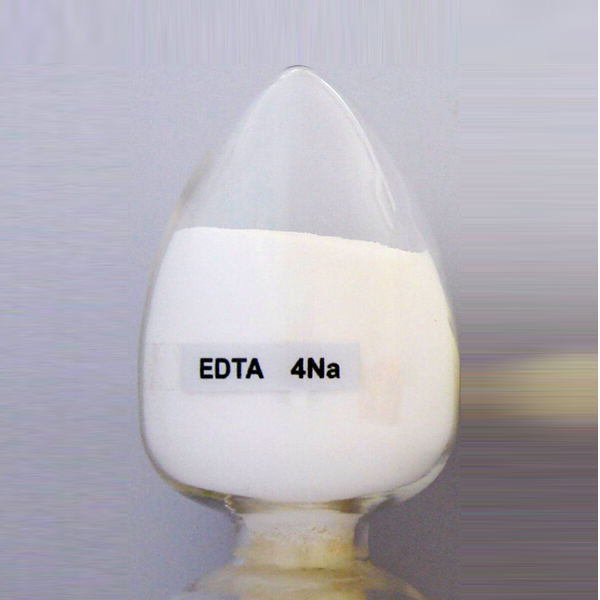
News
Nov . 09, 2024 10:57 Back to list
Premium Micronutrient Fertilizers for Enhanced Plant Growth and Vitality
High-Quality Micronutrient Fertilizer for Plants A Key to Thriving Gardens
In the realm of agriculture and gardening, the importance of micronutrients cannot be overstated. While macronutrients such as nitrogen, phosphorus, and potassium often receive the most attention, micronutrients play a crucial role in the overall health and vitality of plants. High-quality micronutrient fertilizers are essential for ensuring that plants receive the vital trace elements they need to thrive.
Understanding Micronutrients
Micronutrients are essential elements that plants require in small quantities for optimal growth. These include iron, manganese, zinc, copper, molybdenum, boron, and chlorine. Each of these elements plays specific roles in various physiological processes within the plant, including photosynthesis, respiration, and enzyme activity. Although required in minimal amounts, a deficiency in any of these micronutrients can lead to significant growth issues, reduced yields, and increased susceptibility to diseases.
For example, iron is critical for chlorophyll synthesis, and its deficiency can lead to chlorosis, which manifests as yellowing leaves and stunted growth. Similarly, zinc is necessary for the production of growth hormones and affects the synthesis of proteins. Understanding these roles highlights the necessity of incorporating high-quality micronutrient fertilizers into gardening practices.
The Importance of High-Quality Fertilizers
When it comes to micronutrient fertilizers, quality matters. High-quality fertilizers not only provide the necessary nutrients but also enhance their availability to plants. Factors such as solubility, chelation, and the carrier substances used in these fertilizers can significantly affect how well plants can access and utilize these trace nutrients.
1. Bioavailability High-quality micronutrient fertilizers often utilize chelated forms of elements. Chelation involves binding the nutrient to a molecule, increasing its solubility and enhancing absorption by plants. This is especially crucial in soils that may have high pH levels, where certain micronutrients become unavailable.
2. Balanced Composition A well-balanced fertilizer will contain a blend of various micronutrients. Providing a range of elements ensures that plants receive a comprehensive supply of nutrients, reducing the risk of imbalances or deficiencies that can impact growth.
high quality micronutrient fertilizer for plants

3. Slow-Release Formulations Many high-quality fertilizers are designed with slow-release formulations. These ensure a steady supply of nutrients over time, which is particularly beneficial for sustaining growth throughout the growing season and minimizing the risk of leaching in rainy conditions.
Application Methods
Applying high-quality micronutrient fertilizers can be done through several methods, each adapted to specific gardening needs
- Foliar Sprays This method involves spraying a diluted solution of micronutrients directly onto the leaves. It allows for rapid absorption and is particularly effective during times of stress or growth spurts. - Soil Application Applying fertilizers directly to the soil incorporates the nutrients into the root zone, ensuring that plants can absorb them as needed. This method works well for establishing a long-term nutrient supply.
- Fertigation This technique combines fertilization and irrigation, providing nutrients through the water supply. Fertigation is particularly effective in large-scale agricultural settings, ensuring even distribution and optimal absorption.
Choosing the Right Product
When selecting a high-quality micronutrient fertilizer, consider the specific needs of your soil and plants. Conduct a soil test to identify existing nutrient levels and deficiencies. Many high-quality products are tailored for specific plants, whether vegetables, ornamentals, or turf grasses. Always follow the manufacturer's guidelines for application rates and methods to avoid over-fertilization, which can lead to toxicity and hinder plant growth.
Conclusion
In conclusion, high-quality micronutrient fertilizers are an essential component of successful gardening and agriculture. By understanding the roles of various micronutrients and selecting the right products, gardeners can ensure their plants are healthy, vibrant, and productive. Investing in high-quality fertilizers not only promotes better growth but also contributes to sustainable agricultural practices by enhancing soil health and reducing the need for excessive chemical inputs. Ultimately, the right micronutrient fertilizer can make a substantial difference in creating thriving, lush landscapes and bountiful harvests.
-
Polyaspartic Acid Salts in Agricultural Fertilizers: A Sustainable Solution
NewsJul.21,2025
-
OEM Chelating Agent Preservative Supplier & Manufacturer High-Quality Customized Solutions
NewsJul.08,2025
-
OEM Potassium Chelating Agent Manufacturer - Custom Potassium Oxalate & Citrate Solutions
NewsJul.08,2025
-
OEM Pentasodium DTPA Chelating Agent Supplier & Manufacturer High Purity & Cost-Effective Solutions
NewsJul.08,2025
-
High-Efficiency Chelated Trace Elements Fertilizer Bulk Supplier & Manufacturer Quotes
NewsJul.07,2025
-
High Quality K Formation for a Chelating Agent – Reliable Manufacturer & Supplier
NewsJul.07,2025
